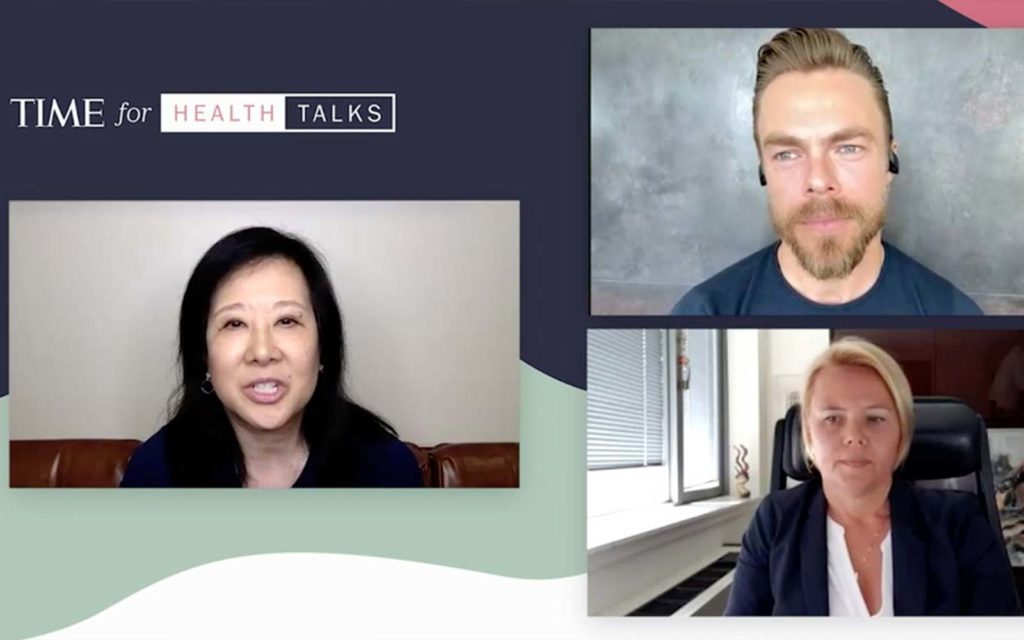
A Time magazine interview with brain researcher Helena Blumen and professional dancer Derek Hough does a great job of describing the cognitive benefits of dancing.

A Time magazine interview with brain researcher Helena Blumen and professional dancer Derek Hough does a great job of describing the cognitive benefits of dancing.
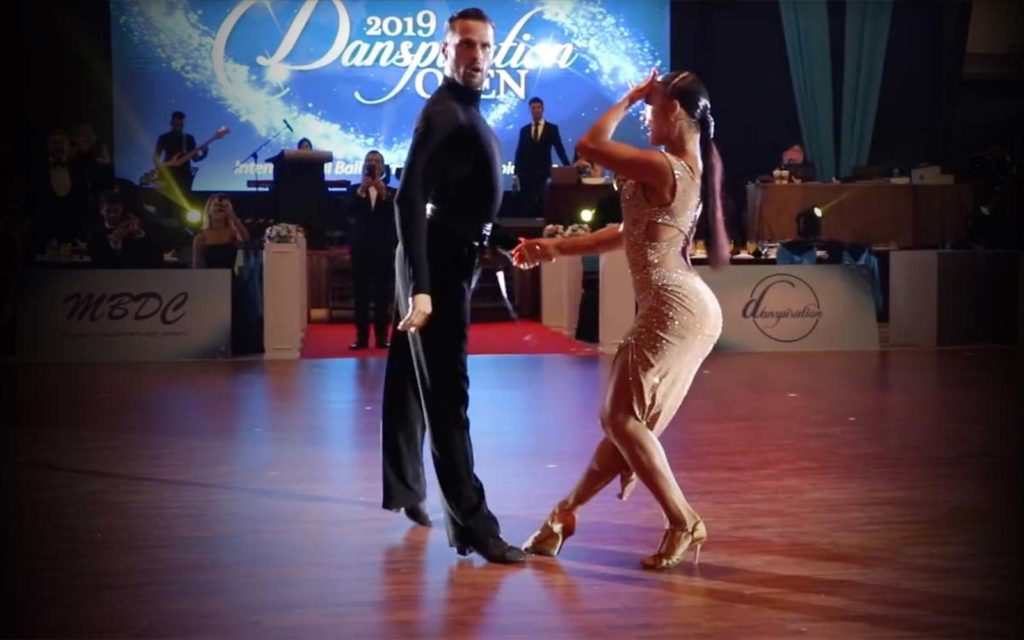
Recently came across this compilation of dance footage by amateur Latin couple Salvatore Sinardi & Victoriya Kharchenko. Well worth a look.

We’re making some changes to the intermediate program schedule in response to the reality of the impact that the Covid-19 pandemic has had on dancing.
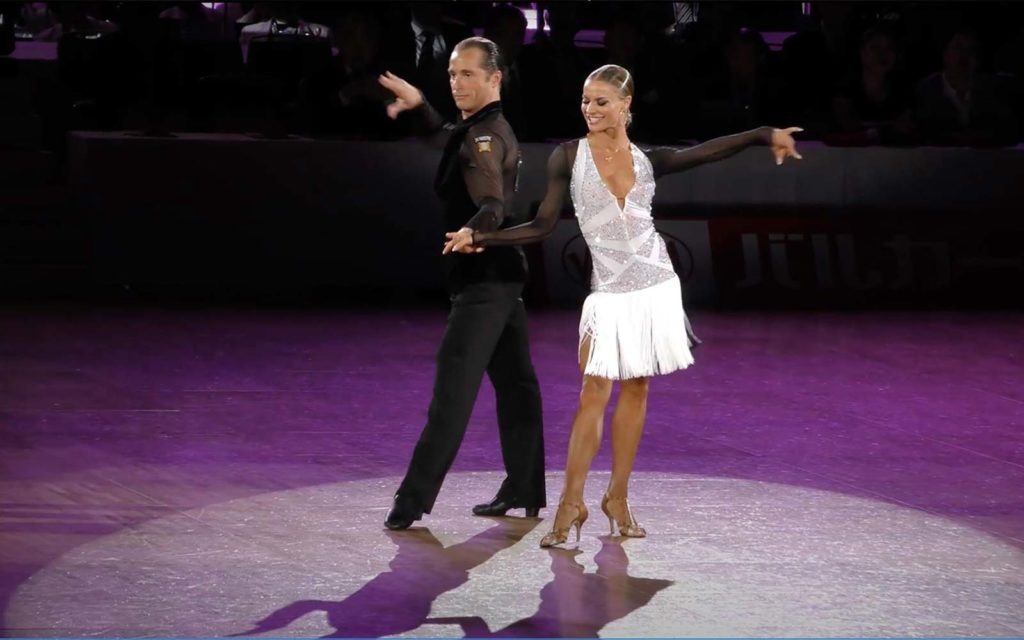
The World Super Series competition in 2019 offers a great look at professional couples dancing the basic figures in competition.

During the month of August, I’m cycling 1,200km to raise money for SickKids Foundation, a great cause that gives hope to kids suffering from cancer. Here’s what it means to me.

Learn to Cha Cha with George and Wendy. This 80-minute course for beginners, broken into multiple videos, covers the International-style Cha Cha in detail.

A complete video dance class covering the Intermediate level International-style Cha Cha in detail. Includes 14 groups of figures in separate videos.
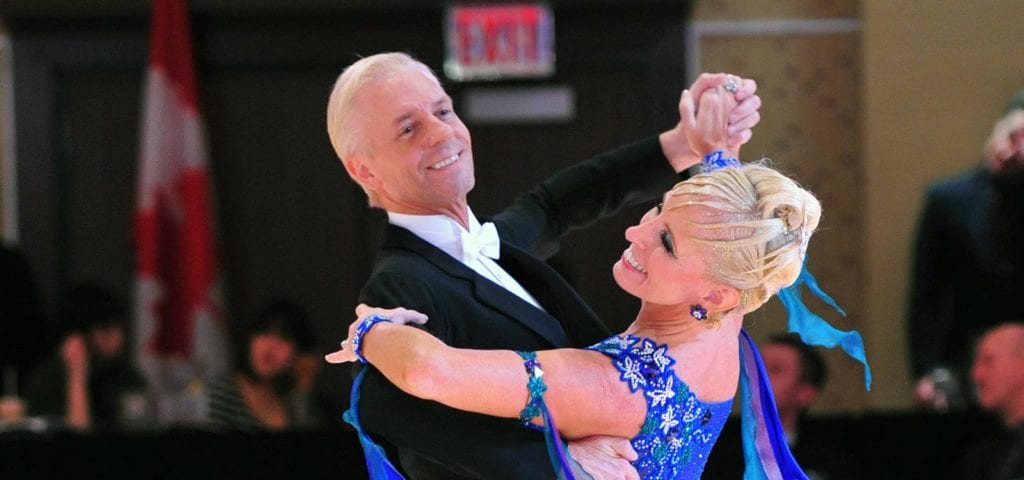
A quick technique video that provides additional information to help improve the most common issue we see with the man’s pivot at the start of the Natural Spin Turn.

A quick technique video that covers a common misconception and describes a better way to think about the rise and fall action in Waltz.

Dance is the expression through our bodies of music. Here’s a look at the different ballroom dances and the foundational character each one presents.

Learn the Jive with George and Wendy. This 90-minute course, broken into multiple videos, covers both Single Rhythm and Triple Rhythm versions.
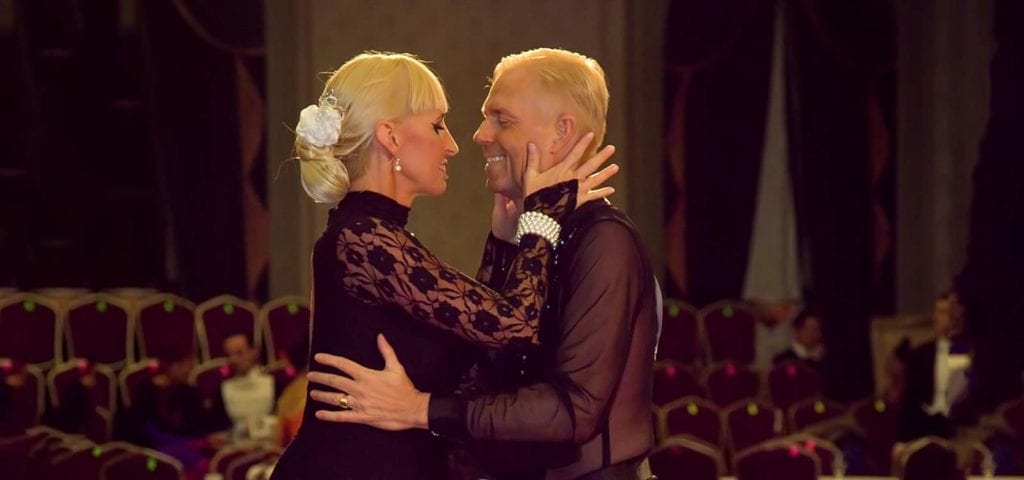
A short video helping to deal with a common problem in Rumba where the man tries to pull the lady towards him before she is able to respond.

A complete 3-hour video dance class covering the Intermediate level International-style Rumba in detail. Includes 16 groups of figures in separate videos.

Learn the International-Style Rumba with George and Wendy. This hour-long course, broken into multiple videos, covers the basics of Rumba in detail to help you look great on the dance floor.
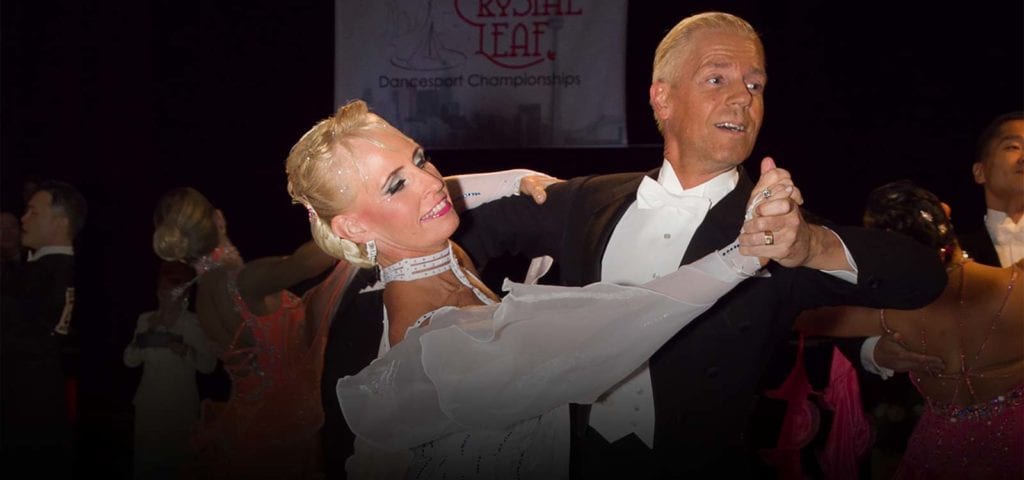
Learn the Tango with George and Wendy. This 70-minute class, broken down into separate videos, covers basics of the International-style Tango to help you look great on the dance floor.

A short video explaining how two bodies connected together involve three points of balance. When each partner creates their own proper martini glass shape, the couple forms a larger, more beautiful martini glass.

George and Wendy Pytlik of Delta Dance take you through a comprehensive 3-hour video class covering the Quickstep in detail to help you look great on the dance floor.

Learn the Quickstep with George and Wendy. This 47-minute video covers the basics of the Quickstep to help you look great on the dance floor.

This 8-minute video addresses a common issue in Ballroom dances in which the lead fails to rotate the upper body properly during figures with rotation. Yet Contra Body Movement is something we do naturally every time we walk!
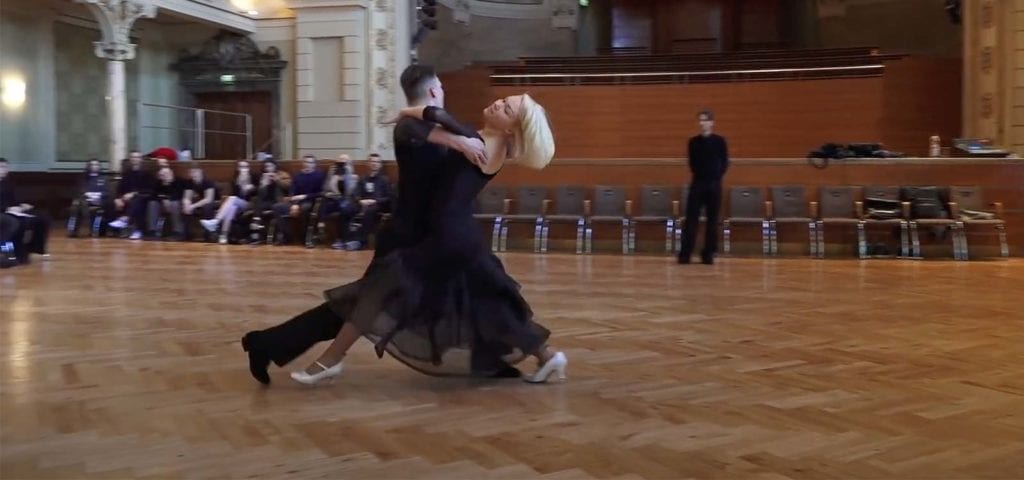
Insights from a lecture by Italian coach Michele Bonsignori at The Camp about the value of understanding basic steps even when you dance at a high level.

Learn the Waltz with George and Wendy. Your teachers go through the basic steps of the Slow Waltz in detail to help you look great on the dance floor.

A complete Intermediate Samba video dance course that takes you all the way around the floor with Bronze, Silver and some Gold step patterns.

We may be going through challenging times as we ride out the threat of COVID-19, but that doesn’t mean you can’t keep learning as a dancer. Here are some helpful ways to continue growing.

A brief 10 minute look at the stretch (for both gentlemen and ladies) in the Ballroom dances.

30-minute video exploring the different holds and positions used in the Ballroom dances.
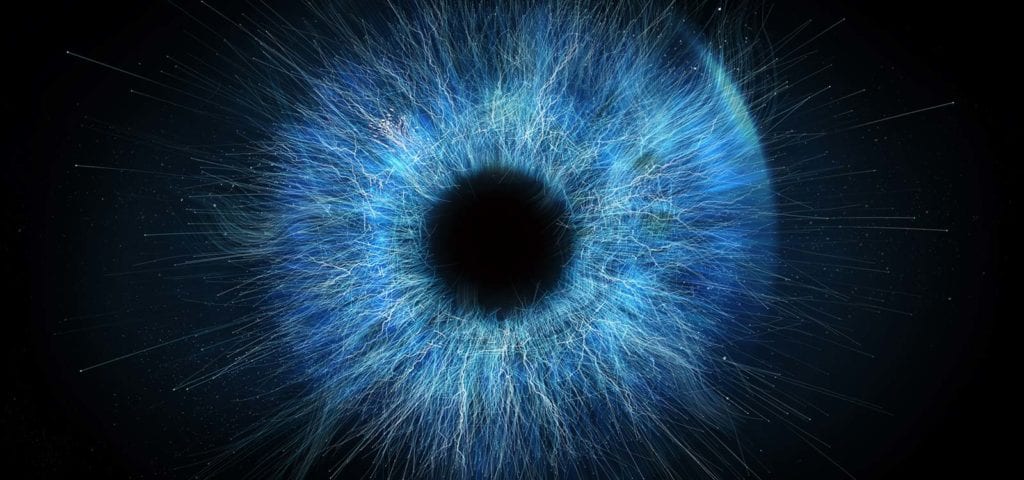
One powerful aspect of dancing is often overlooked: spatial awareness. Here’s more information about how you can develop this skill in your dancing.
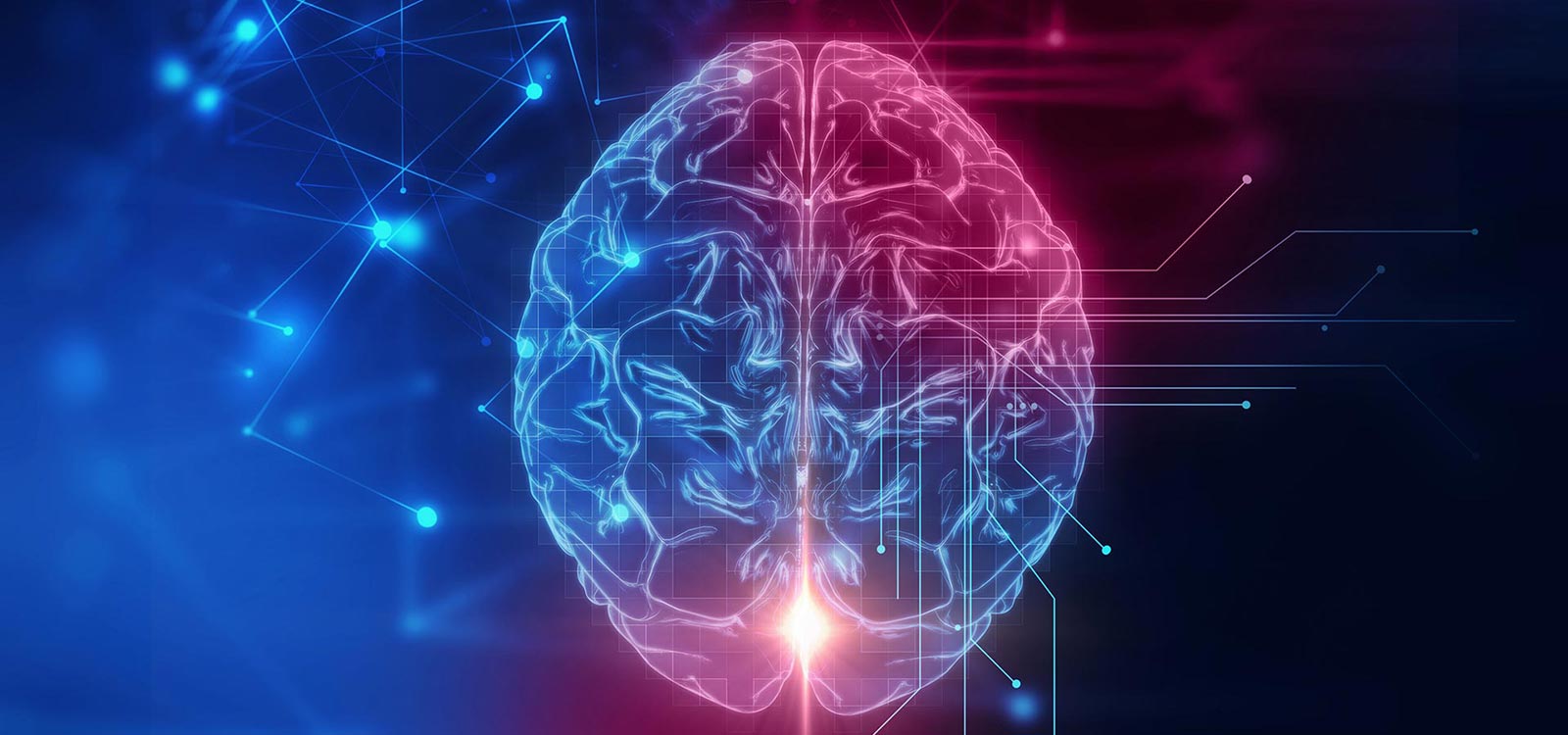
A three-year study found that experienced dancers can use multiple areas of the brain simultaneously. Though multi-tasking is largely a myth, it seems to be very real in the world of dance.

We’re pleased to announce our new members-only premium content, designed to help you become a better ballroom and latin dancer. Special content includes choreography guides and (coming soon) weekly videos.

There are three types of rotation that affect dance movements. This article looks at all three of these in more detail, to help experienced dancers create more connected rotational movement.
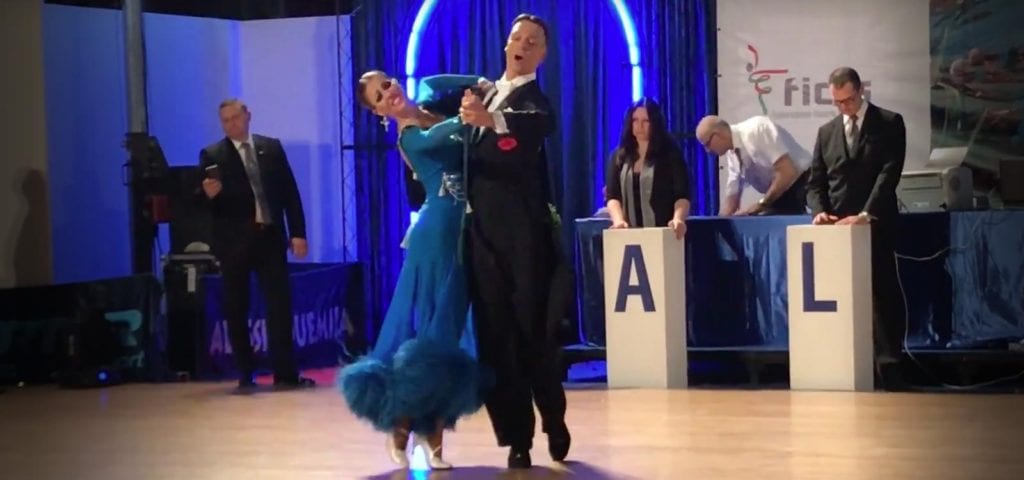
When you evaluate step elements in your routines and understand their characteristics, you’ll be able to better approach your choreography with depth.